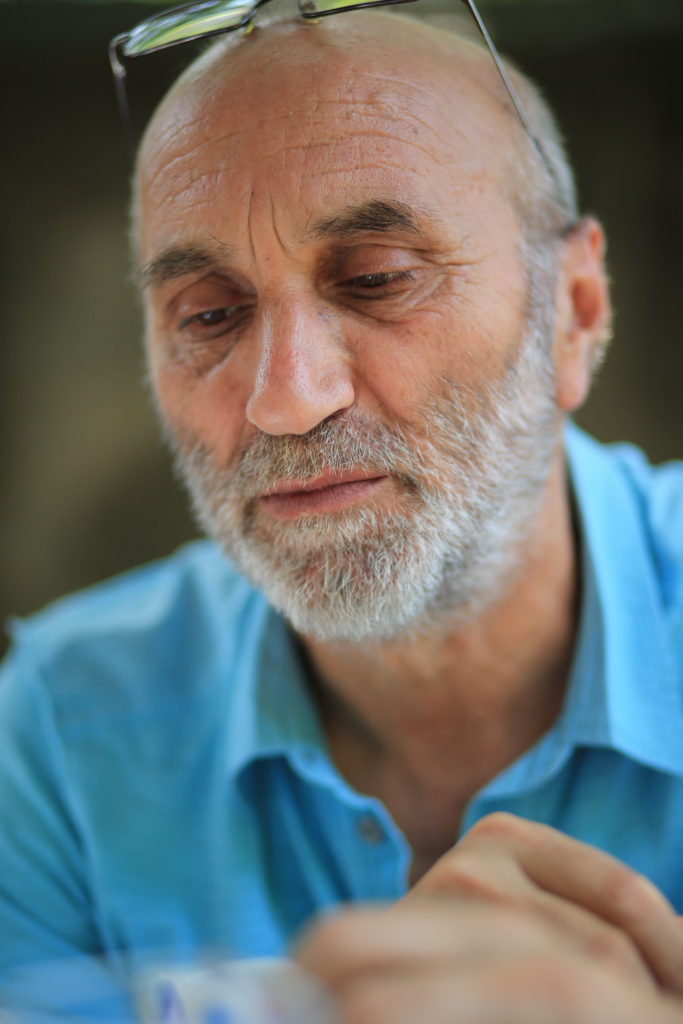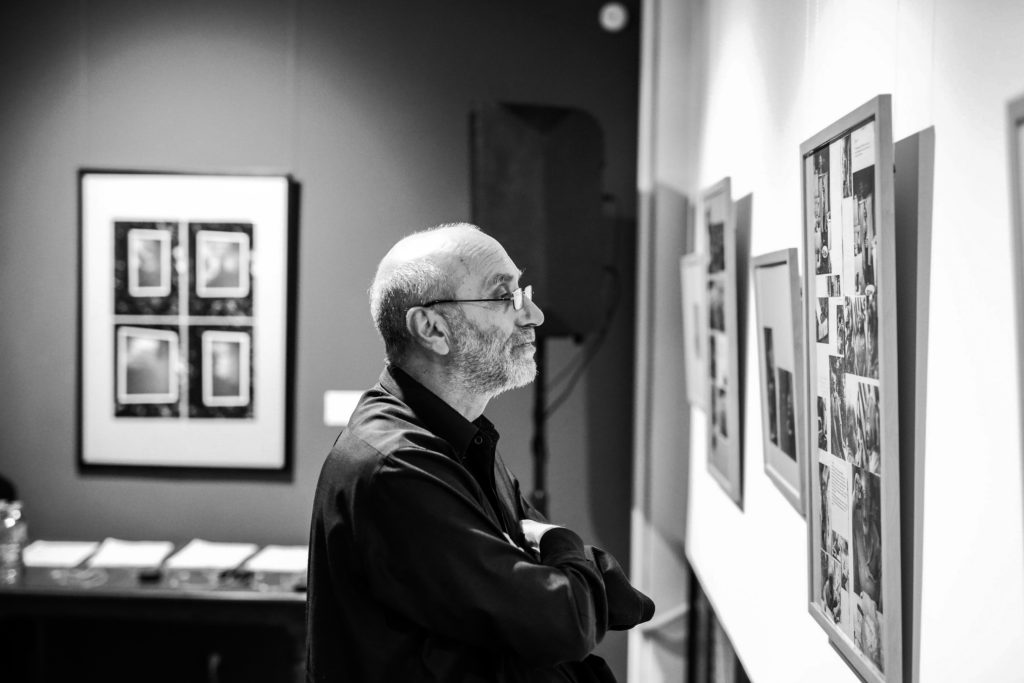Has Anything Changed?
The art industry in independent Armenia never developed sufficiently to materially change the way the art industry had functioned in Soviet Armenia. Art collectors had gone underground and they mostly remained underground. How has the art industry regenerated after decades of nationalisation of both art works and galleries; and how had it evolved in the Soviet Union and in Soviet Armenia? Armenia Art Fair met to discuss this with Nazareth Karoyan, art critic, curator and Director of the Institute of Contemporary Art of Armenia.
Since the 1980s, Karoyan has contributed enormously to the establishment of the contemporary art landscape in Armenia. He has set up several private art galleries, the first Armenian contemporary art periodical, and curated up to twenty exhibitions. “I don’t know many art collectors of the past. Until now, it has not even been defined who is an art collector – is it someone who has five works or one hundred?”
However, 40 years of engagement with art speaks for itself. “Art collection didn’t exist in the Soviet
Union as such. Up until the 1960s there were periods of fundamental change in the socio-political,
societal and cultural lives of the people. Then citizens started to question both the system and themselves, through art. This led to the revival of art – out of antagonism towards Socialist Realism
came new aesthetics in terms of art genres, and this increased the collection of art”.
However, it was still illegal which is why underground communities of art collectors formed in the
Soviet Union.
“Young artists opposed well-established painters, and those professional creators of colossal works of Socialist Realism featuring the Soviet citizen and the toil involved in building Socialism. Young artists started painting simple landscapes, human, emotional simple works. Due to the emotional and psychological issues originating from the complication of Soviet society, the Soviet citizen started questioning its future as a utopia”.
At the same time, underground and illegal entrepreneurial practices were establishing in the Soviet Union and the two realities coincided naturally. “Art and art collecting in itself became a tool of influence in certain circles. At that time, it involved the so-called underground businessmen and the Soviet ruling elite: to indicate a certain status, they would invest in art and they couldn’t hide the funds needed to do so. Art collectors also loved the works, they loved interactions with artists and creating links and friendships with painters. Understanding art comes later, first comes the love of art, and a professional understanding of art evolves through long-term involvement”.
The 70s and 80s provided enough time for art collectors to also develop and dictate taste in contemporary art, shaping the black market of art of the Soviet Union. “It became mutually complementary: new approaches brought interest in the paintings, the purchases and the tastes and requirements of the art collectors set a bar of quality and through the time the art market, the art industry evolved and developed”.
An interesting development of the 70s and 80s was the involvement of the art-representatives outside of the Soviet Union. They were interested not just in Soviet art but in art that was antagonistic to the Soviet Union and its ideology. “I know about cases, when well established, as well as unknown Armenian artists’ works, were purchased and transferred from the Soviet Union. Nevertheless, the collapse of the Soviet Union didn’t accumulate progress that would have brought Armenian art collectors out of the shadow. It wasn’t somehow imposed by the state regulations rather than the realities of wealth distribution. The contemporary art didn’t acquire the cultural, societal, economic importance to pave its path from the underground. Another circumstance was the fact that people who happened to own the money turned out to be oligarchs who were not interested in publicity at all”.
The underground art collection was an obstacle for the progress and expansion of contemporary art and development of the dynamic art market and industry in Armenia. “It is a pity since the market and industry development only shapes art collections and brings new values to the societies. We lack mechanisms and good practice. While there is always a chance for private collections ending up as public wealth presented by the families, the absence of mechanisms never creates a chance for it.”
“These issues are discussed in narrow professional circles, but it does not become a subject for wide
public discussion, it does not become a subject of academic research, which leads to the fact that on
the one hand, the market, on the other hand, the preservation, dissemination and popularisation
does not develop”.

Photo credit: Ed Tadevosyan




